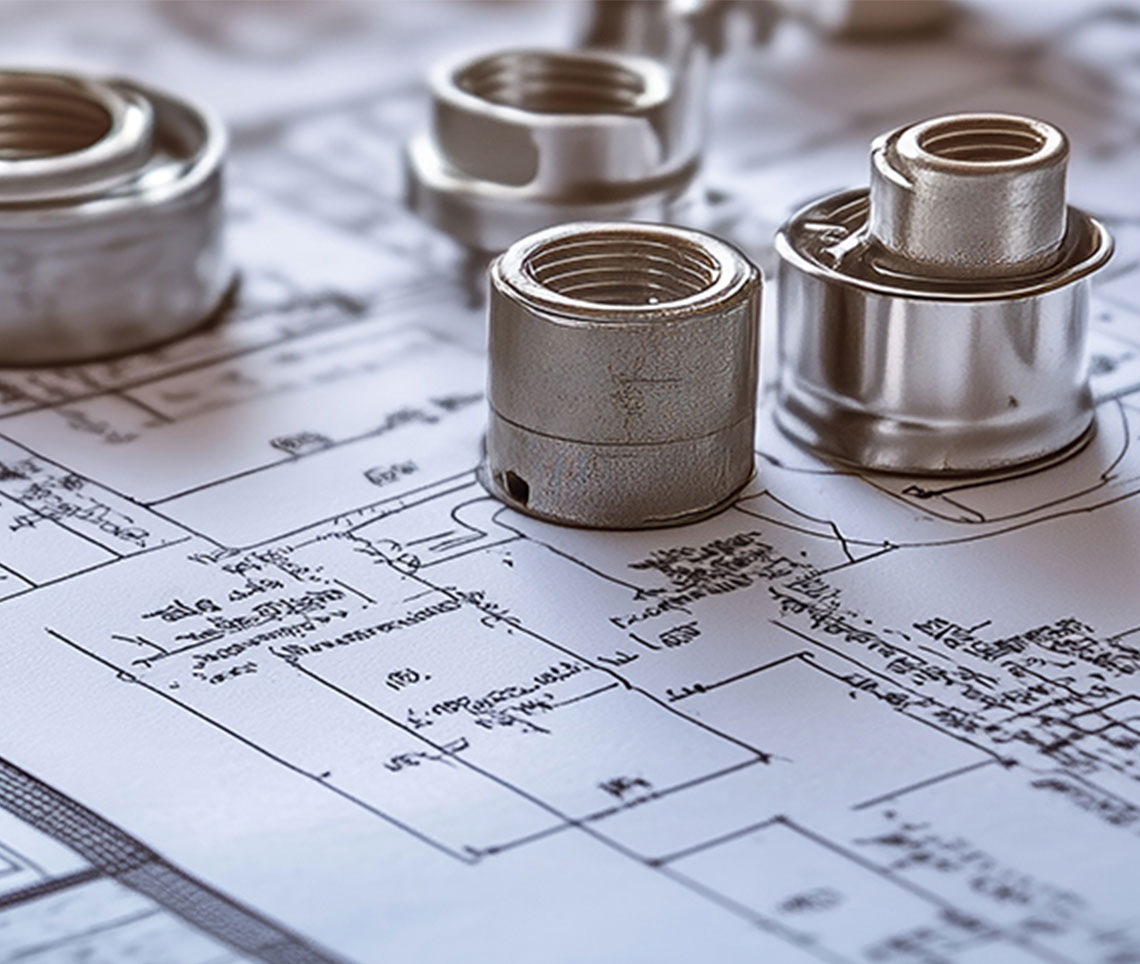Pressure Damaged Water Heaters
October 19, 2023 Bradford White
Water is a non-compressible liquid and expands when heated. For each 10°F increase in temperature, water expands 0.2% or 2.0% for a 100°F increase in temperature. Heated water in an “open system” (no obstruction to reverse flow) expands back into the cold water supply line with no damage to the system. In a “closed system” (obstruction to reverse flow), the pressure builds until something ruptures or fails.
Examples of common devices that obstruct reverse flow are check valves, pressure reducing valves, water softeners, and certain types of water meters with built-in check valves. Water systems that were originally “open” can become “closed” by the subsequent addition of any of these devices. Freezing of the cold water supply line or closing a valve in the cold water line can also cause a closed system. A 40-gallon water heater with 80 PSI line pressure will build to a pressure of 145 PSI with a temperature increase of 16°F. As the temperature increases, the maximum working pressure for which the water heater was designed (150 PSI) can be exceeded. Pressure build-up caused by a temperature increase in a closed system is very rapid – the burner operates for only a few minutes to raise the temperature to 16°F. Water heater tanks typically have convex top heads and concave bottoms. Excessive pressure will usually cause the concave bottom to flatten or, in extreme cases, change to a convex or bulged configuration. In gas water heaters, this movement of the concave bottom is matched by an equal movement of the convex head due to the rigid flue connecting them. This reconfiguration can take place before a weld breaks. In most cases, the top end of the flue is pulled down, and distortion is apparent at the water nipple connections. Distortion of the bottom can be observed by looking into the combustion chamber. Bulged tanks can create dangerous conditions – especially in gas water heaters if the flue passage restricts products of combustion from ventilating to the chimney. This condition can create life threatening circumstances due to the presence of carbon monoxide. Water heaters with bulged tanks must be replaced with the cause of the problem identified and corrected. Water heaters with this condition are not covered by warranty due to improper installation.















